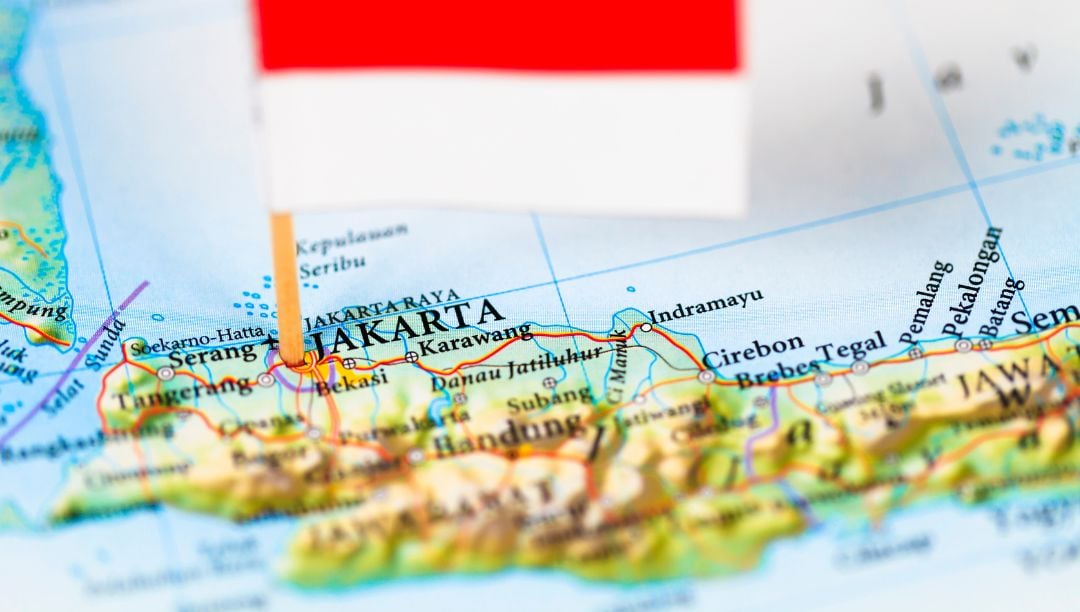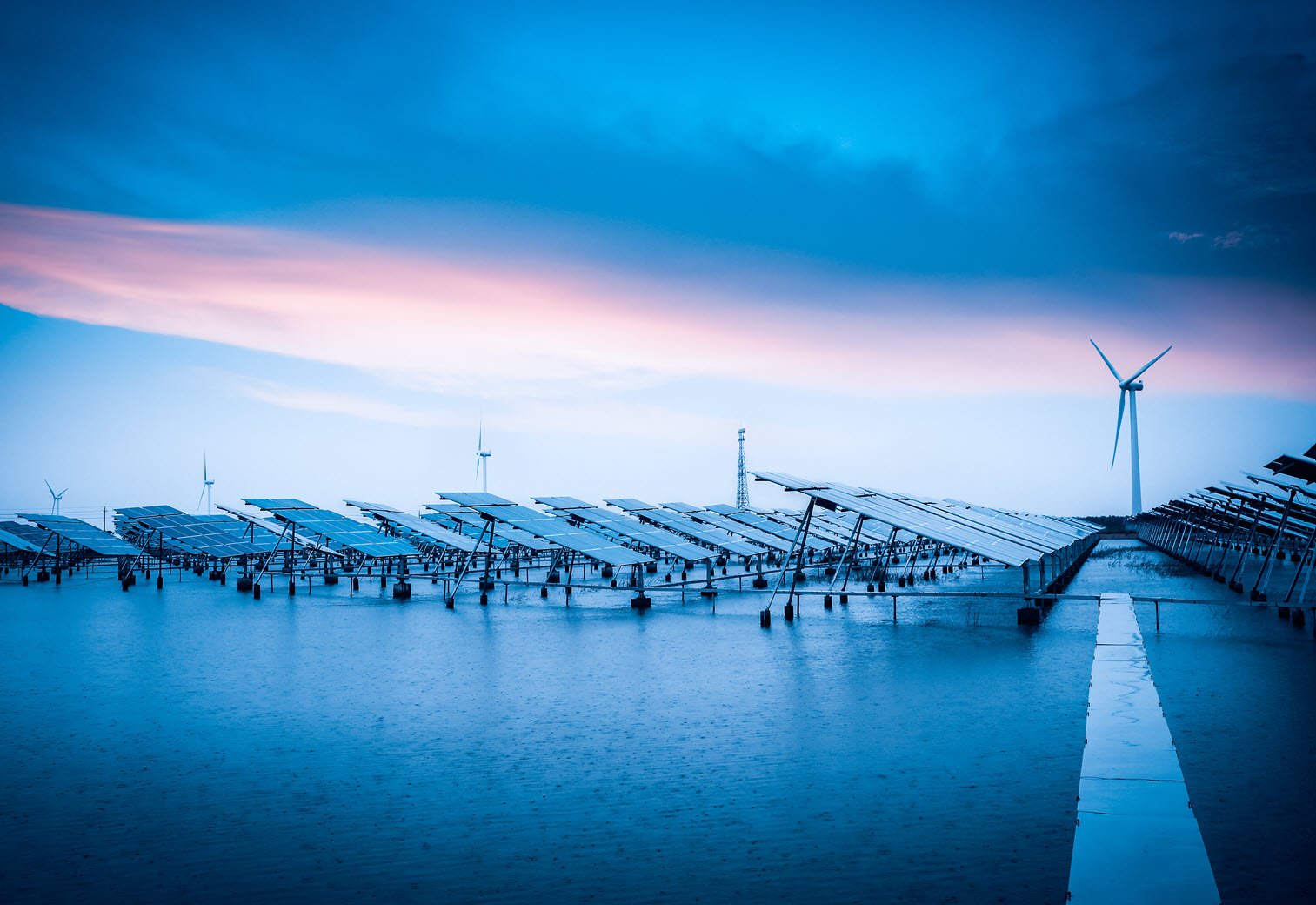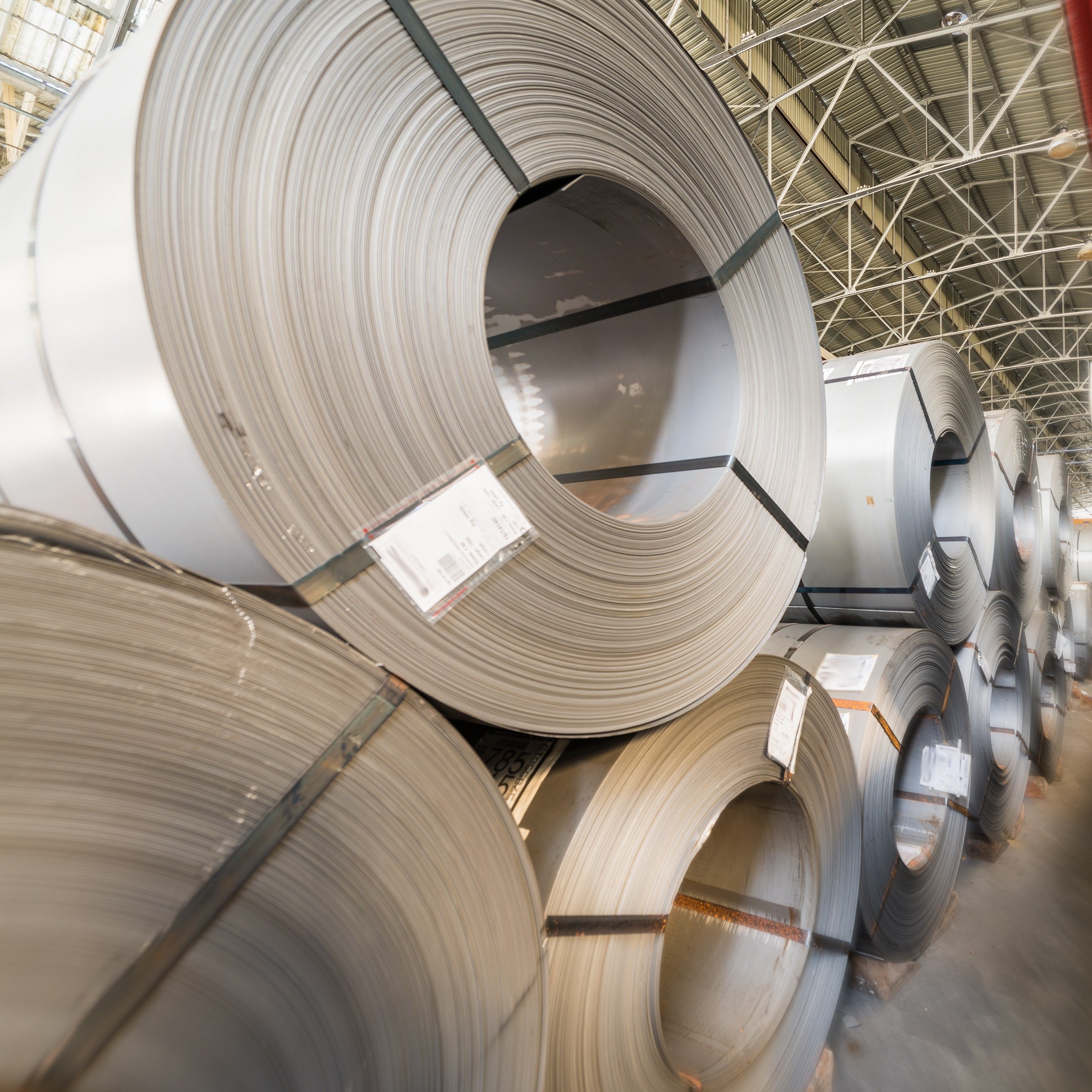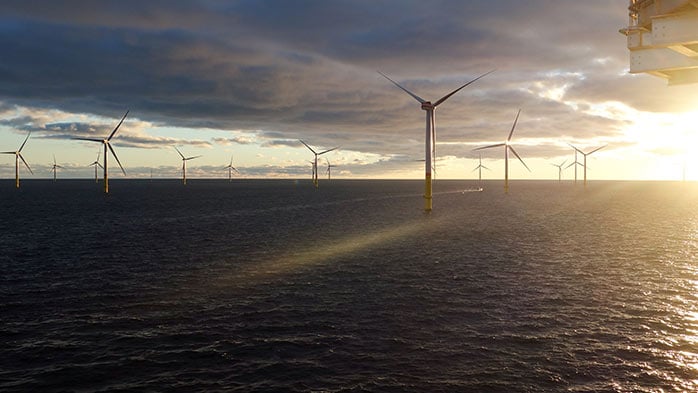In July, we forecast that high wind output would reduce reliance on fossil fuels and lower the carbon price from ~€72 /tCO₂ to ~€70 /tCO₂. Initially, carbon prices fell to ~€68 /tCO₂ on the back of anticipated strong wind. However, as wind generation weakened and a heatwave led to temporary nuclear outages, prices rebounded to ~€71 /tCO₂. Despite elevated power demand from cooling needs, further gains were capped after the European Commission’s announcement on 2 July to compensate EU exporters for ETS-related CO₂ costs, which dampened expectations for future EUA demand. As a result, prices hovered at ~€70 /tCO₂ before softening to ~€69 /tCO₂ by month-end.
Wind speeds are forecast to increase in the coming days. This will lead to high wind output and less fossil fuel use, which could be further exacerbated if wind speeds remain high. Power demand will slightly ease next month because temperatures, though still above seasonal norms, will not match the extreme highs seen in July, easing pressure from cooling-related electricity demand. The 1 August EU–US tariff deadline is also adding economic uncertainty. Meanwhile, gas-to-coal switching is not anticipated, as both gas and coal prices are projected to decline by a comparable margin. Nuclear power is expected to be stable through the month, but an expected decrease in hydro power will have some upward, but marginal, impact on EUA demand.
As a result, we expect the carbon price will decline. However, the outcome of the EU–US tariff negotiations ahead of the 1 August 30% deadline could drive prices in either direction, making both upside and downside risks possible.
CRU Online subscribers can access the short-term carbon price report here. Otherwise, please speak to our sales team to access more in-depth information from CRU.
Increased wind set to put downside pressure on carbon price
Forecasts for the next ten days (i.e. into early-August) show wind speeds at above average levels, suggesting wind power generation will pick up. This increase in output will reduce fossil fuel use and exert downward pressure on the carbon price. Our base case assumes winds normalise after ten days, but if strong wind conditions persist, then EUA demand will fall further.
Meanwhile, hydro output will drop. Generation and reservoir levels were already below average in July and forecasts show rainfall at around average levels for the time of year. With below-average rainfall predicted for August and lower-than-historical-average reservoirs, hydro output will fall. This will put slight upward pressure on the carbon price.
No gas-to-coal switching is expected
Total fossil generation increased last month because of falling wind . There was some gas-to-coal switching as coal prices, though not falling dramatically, still declined more than gas prices.
Over the coming month, both gas and coal prices are expected to fall by a similar degree. Given that current gas usage remains in line with historical patterns,and neither fuel shows a clear cost advantage next month, we do not expect any meaningful gas-to-coal switching to occur. This suggests limited impact on EUA demand from fuel substitution.
Power demand will decline modestly in August
Power demand saw a modest increase in July due to cooling needs, as we anticipated. Looking ahead, we expect a slight decline in demand due to milder weather conditions. Our outlook for steel profitability has been revised upwards for the upcoming quarter, thoughthe same as last month, this reflects production cuts rather than a broader economic rebound. Ahead of the 1 August deadline for the proposed 30% EU-US tariff, ongoing negotiations are critical. Their outcome will have significant implications for European industrial competitiveness, adding a layer of economic uncertainty next month.
Overall, in our base case, power demand will have a downwards impact on EUA demand. If 30% tariffs are ultimately implemented, this would further suppress industrial activity and power demand, adding additional downside risk to carbon prices.
Nuclear output will remain subdued
Although some nuclear plants in France and Switzerland were temporarily shut down due to early-July heatwaves, overall, nuclear output still rose, driven by the swift restart of affected facilities and increased generation from other reactors.
With no extreme heat expected in August, we anticipate nuclear output will be stable next month. There is no update on the timeline for the full operation of the Flamanville 3 nuclear power plant, while Sweden’s Oskarshamn 3 reactor is scheduled to return to service on 15 August. If the restart proceeds as planned, it could contribute to an increase in nuclear generation across the EU.
Over the next month, nuclear will have minimal impact on the carbon price.
If you want to hear more about carbon market forecasts and our short-, medium- or long-term carbon price forecasts, request a demo as part of CRU’s Sustainability and Emissions service, or email us at sales@crugroup.com – we’d be happy to discuss this with you.

















